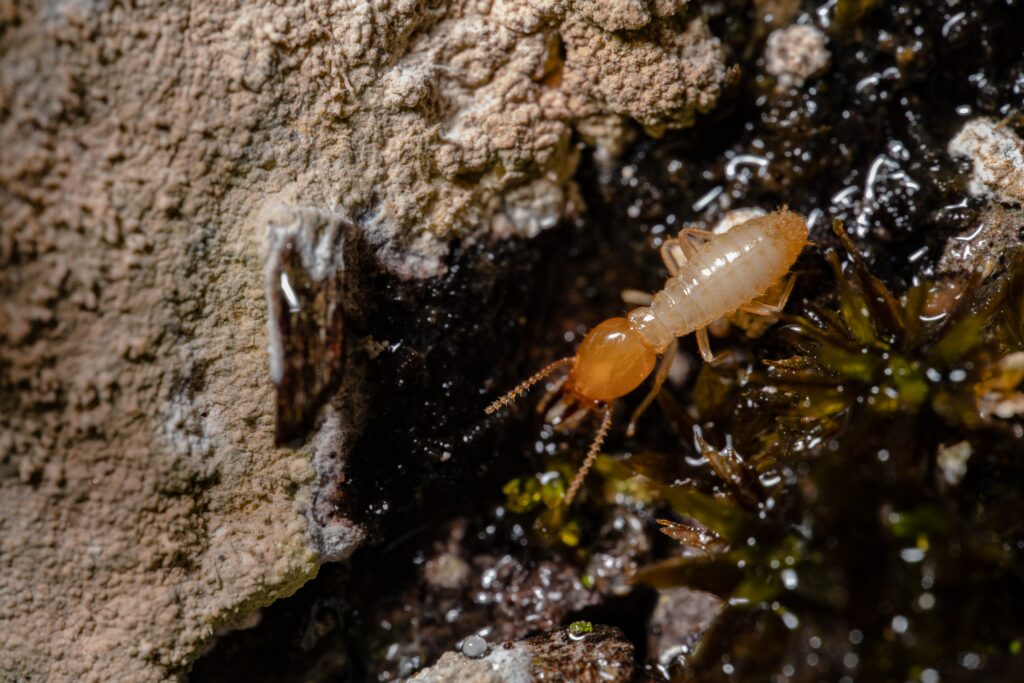The Formosan subterranean termite: a destructive force
Termites, numbering over 3,100 species worldwide, are infamous for their ability to wreak havoc on building structures and vegetation. The Coptotermes genus particularly stands out, containing the most termite pests, with 28 pest species. However, one species, in particular, has gained prominence as the most widespread and economically significant of them all. The Formosan subterranean…
Sanitary and Phytosanitary measures: Challenges and opportunities in Asia and the Pacific region
Global agricultural exports have more than tripled in value and doubled in volume since 1995, exceeding US $1.8 trillion in 2018. Plant and plant-based products contribute more than 50% to the total trade. International trade in fruits and vegetables stands at 24% followed by 15% cereals; and 10% comprising coffee, tea, cocoa & spices.
Landmark Phytosanitary meeting CPM-12 kicks off in Incheon, Republic of Korea
The 12th Session of the Commission on Phytosanitary Measures opened today in Incheon, Republic of Korea. This is significant as it is the first time that the event is being hosted outside of Rome by a member country of the International Plant Protection Convention. This year’s theme is “Plant Health and Trade Facilitation”, so this topic…
Kenya’s Phytosanitary Successes and Challenges
Contributed by Roger Day, CABI An “experimental item” added to the agenda of the 2014 Commission for Phytosanitary Measures (CPM) was reports of successes and challenges in implementing the International Plant Protection Convention (IPPC). Each year a couple of countries (or Contracting Parties in the jargon) give a brief presentation, and first up at this year’s…
New initiative to support phytosanitary surveillance
Contributed by Melanie Bateman, CABI As the standard setting organisation for plant health, the International Plant Protection Convention (IPPC) has long had an active, member driven programme to produce International Phytosanitary Measures (ISPMs). Moving forward, the IPPC is putting more and more emphasis on supporting the implementation of the ISPMs and the Convention itself by…
Back to the future at CPM10
Contributed by Roger Day, CABI CPM10 has heard how the Strategic Planning Group (SPG) indulged in a little well-considered phytosanitary “future-casting” at its 2014 meeting. Challenged by the secretariat to think about what the IPPC might look like 20 years from now, members came up with over 60 points for reflection, grouped into 7 areas:…
Counting down to the 10th Session of the Commission on Phytosanitary Measures
Contributed by Melanie Bateman, CABI Switzerland The 10th session of the Commission on Phytosanitary Measures is fast approaching (16 to 20 March), and papers related to many of the items that will be under discussion have been made available on the website of the International Plant Protection Convention: https://www.ippc.int/core-activities/governance/cpm. For example, the draft International Standards…
Bringing together technical resources to address the spread of plant pests
Julia Dennis reports from this week’s International Plant Protection Convention (IPPC) 8th session of the Commission on Phytosanitary Measures (CPM8) in Rome. A side event during lunch on Tuesday provided a demonstration of the www.phytosanitary.info. This website is a database of phytosanitary technical resources contributed by the world’s plant protection community. In 2012, member countries and other partners…





